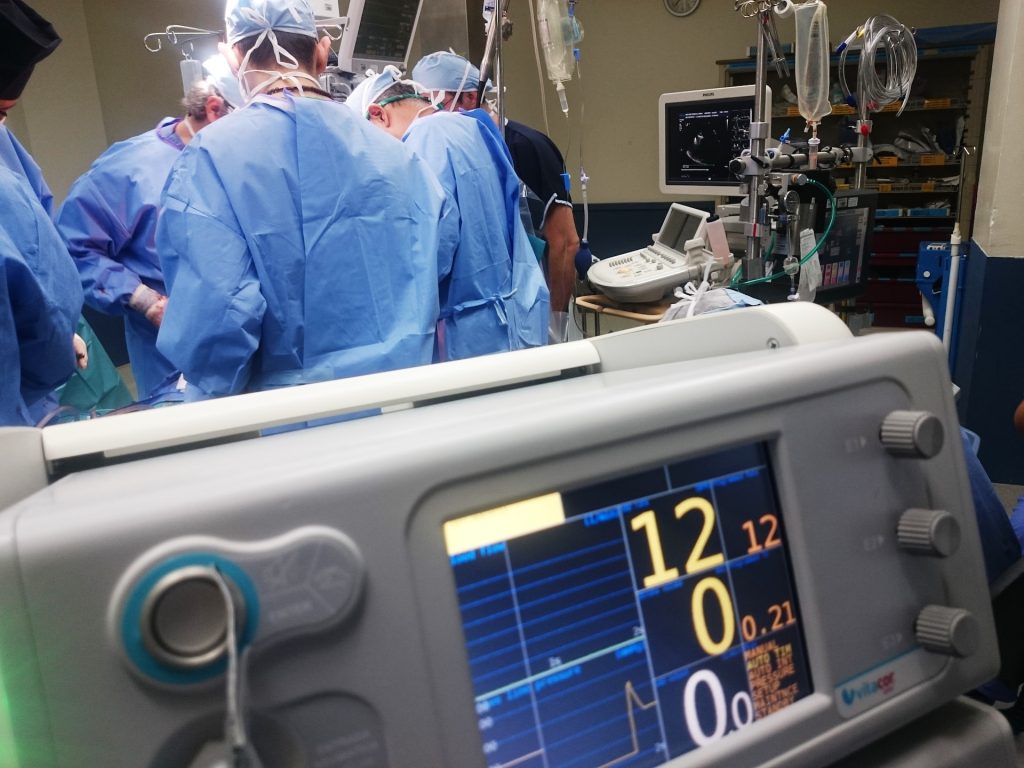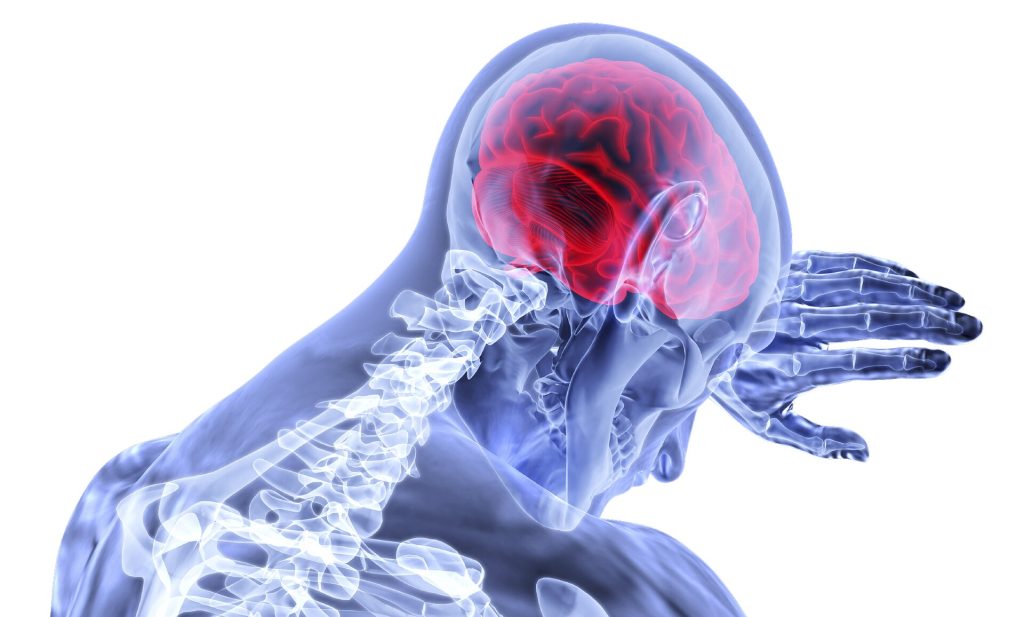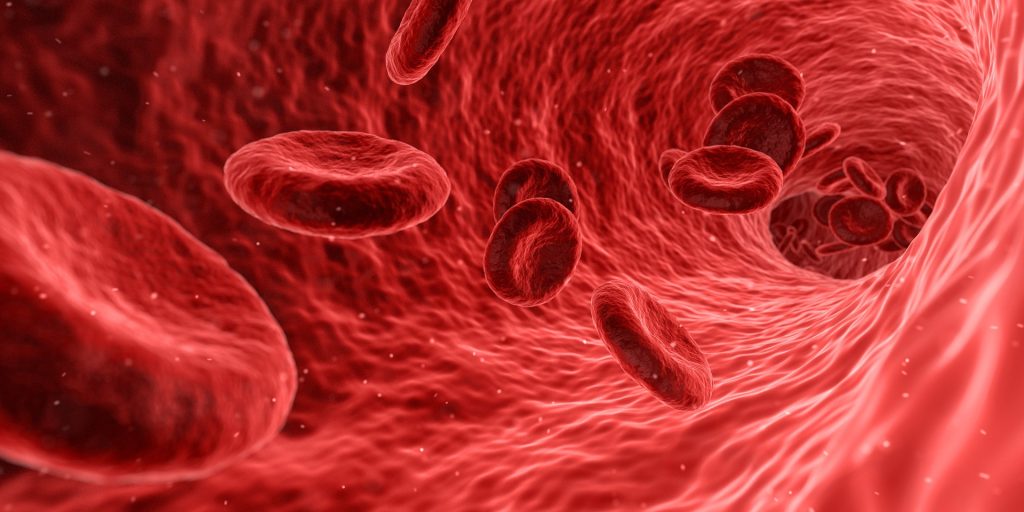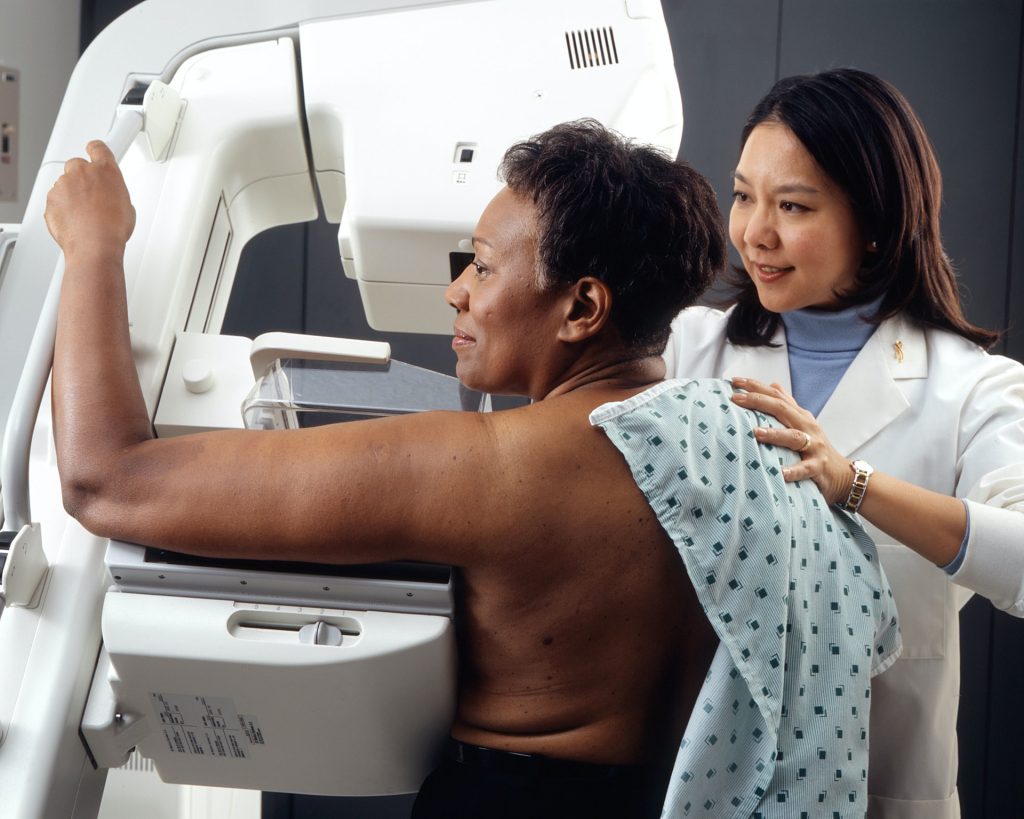Spinal Surgeons can Now Monitor their Procedure’s Effects Mid-surgery

With technology developed at UC Riverside, scientists can, for the first time, make high resolution images of the human spinal cord during surgery. The advancement could help bring real relief to millions suffering chronic back pain.
The technology, known as fUSI or functional ultrasound imaging, not only enables clinicians to see the spinal cord, but also enables them to map the cord’s response to various treatments in real time. A paper published today in the journal Neuron details how fUSI worked for six people undergoing electrical stimulation for chronic back pain treatment.
“The fUSI scanner is freely mobile across various settings and eliminates the requirement for the extensive infrastructure associated with classical neuroimaging techniques, such as functional magnetic resonance imaging (fMRI),” said Vasileios Christopoulos, assistant professor of bioengineering at UCR who helped develop the technology. “Additionally, it offers ten times the sensitivity for detecting neuroactivation compared to fMRI.”
Until now, it has been difficult to evaluate whether a back pain treatment is working since patients are under general anaesthesia, unable provide verbal feedback on their pain levels during treatment. “With ultrasound, we can monitor blood flow changes in the spinal cord induced by the electrical stimulation. This can be an indication that the treatment is working,” Christopoulos said.
The spinal cord is an “unfriendly area” for traditional imaging techniques due to significant motion artifacts, such as heart pulsation and breathing. “These movements introduce unwanted noise into the signal, making the spinal cord an unfavorable target for traditional neuroimaging techniques,” Christopoulos said.
By contrast, fUSI is less sensitive to motion artifacts, using echoes from red blood cells in the area of interest to generate a clear image. “It’s like submarine sonar, which uses sound to navigate and detect objects underwater,” Christopoulos said. “Based on the strength and speed of the echo, they can learn a lot about the objects nearby.”
Christopoulos partnered with the USC Neurorestoration Center at Keck Hospital to test the technology on six patients with chronic low back pain. These patients were already scheduled for the last-ditch pain surgery, as no other treatments, including drugs, had helped to ease their suffering. For this surgery, clinicians stimulated the spinal cord with electrodes, in the hopes that the voltage would alleviate the patient’s discomfort and improve their quality of life.
“If you bump your hand, instinctively, you rub it. Rubbing increases blood flow, stimulates sensory nerves, and sends a signal to your brain that masks the pain,” Christopoulos said. “We believe spinal cord stimulation may work the same way, but we needed a way to view the activation of the spinal cord induced by the stimulation.”
The Neuron paper details how fUSI can detect blood flow changes at unprecedented levels of less than 1mm/s. For comparison, fMRI is only able to detect changes of 2cm/s.
“We have big arteries and smaller branches, the capillaries. They are extremely thin, penetrating your brain and spinal cord, and bringing oxygen places so they can survive,” Christopoulos said. “With fUSI, we can measure these tiny but critical changes in blood flow.”
Generally, this type of surgery has a 50% success rate, which Christopoulos hopes will be dramatically increased with improved monitoring of the blood flow changes. “We needed to know how fast the blood is flowing, how strong, and how long it takes for blood flow to get back to baseline after spinal stimulation. Now, we will have these answers,” Christopoulos said.
Moving forward, the researchers are also hoping to show that fUSI can help optimise treatments for patients who have lost bladder control due to spinal cord injury or age. “We may be able to modulate the spinal cord neurons to improve bladder control,” Christopoulos said.
“With less risk of damage than older methods, fUSI will enable more effective pain treatments that are optimised for individual patients,” Christopoulos said. “It is a very exciting development.”









